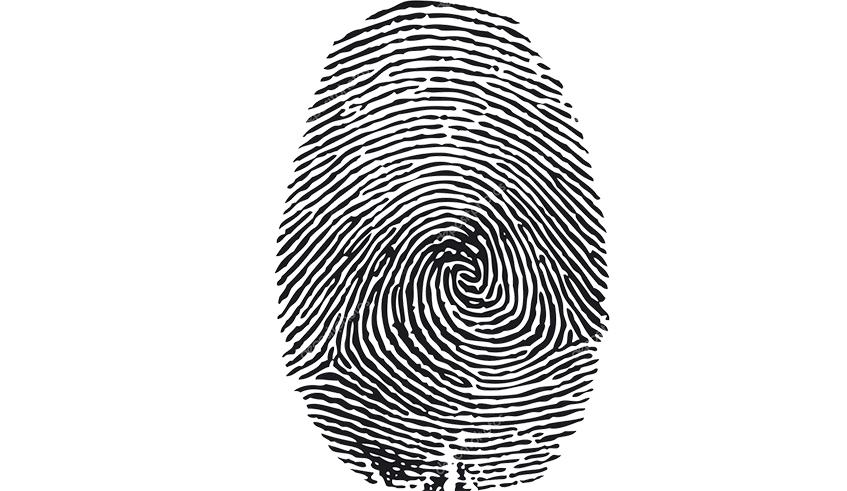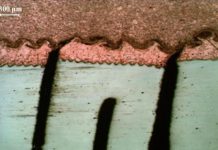Africa-Press – Rwanda. A fingerprint is an impression left by the friction ridges of a human finger. The recovery of partial fingerprints from a crime scene is an important method of forensic science. Moreover, it is used today as a sign of identity, to identify suspected criminals and victims of the crime. But how did it start?
US criminal investigators discovered the existence of latent fingerprints on the surfaces of fabrics in the early 1930s, but records of ancient China indicate that the country’s officials authenticated documents with their fingerprints.
At first, the Chinese used handprints and footprints until they realised that no two individuals have fingers that are exactly alike after learning that from a German anatomist, Johann Christoph Andreas Mayer, who recognised that fingerprints were unique to each individual.
The discoveries kept evolving as of 1840, following the murder of Lord William; a provincial doctor, Robert Overton, wrote to the Scotland police headquarters, requesting that he can check for the fingerprints settings.
In 1853, another German anatomist George Von Meissner studied friction and initiated it in India. In 1877, he initiated the use of fingerprints for all contracts, to prevent the duplication of signatures and registered government pensioners’ fingerprints to prevent the collection of money by relatives.
In 1890s, the US and European police institutions were failing to reliably identify criminals and track their criminal records. That is when Francis Galton published a detailed book on the use of fingerprinting to identify individuals. Then, fingerprints started taking over with the first dispute solved using fingerprinting in South America.
In 1892, Juan Vucetich, an Argentine chief police officer, created the first method of recording the fingerprints of individuals on file and he applied it on the case of Francisca Rojas who was found in a house with neck injuries, whilst her two sons were found dead with their throats cut.
Rojas accused a neighbour, but despite brutal interrogation, this neighbour would not confess to the crimes. Inspector Alvarez, a colleague of Vucetich, went to the scene and found a bloody thumb mark on a door.
When it was compared with Rojas’ prints, it was found to be identical with her right thumb. She then confessed to the murder of her sons, according to Britannica. This was the first known murder case to be solved using fingerprint analysis.
Later on, in the 20th Century, the fingerprint was transferred from surfaces to papers using iodine fuming, and the fingerprint practice became standard practice in global criminal investigations.
For More News And Analysis About Rwanda Follow Africa-Press






